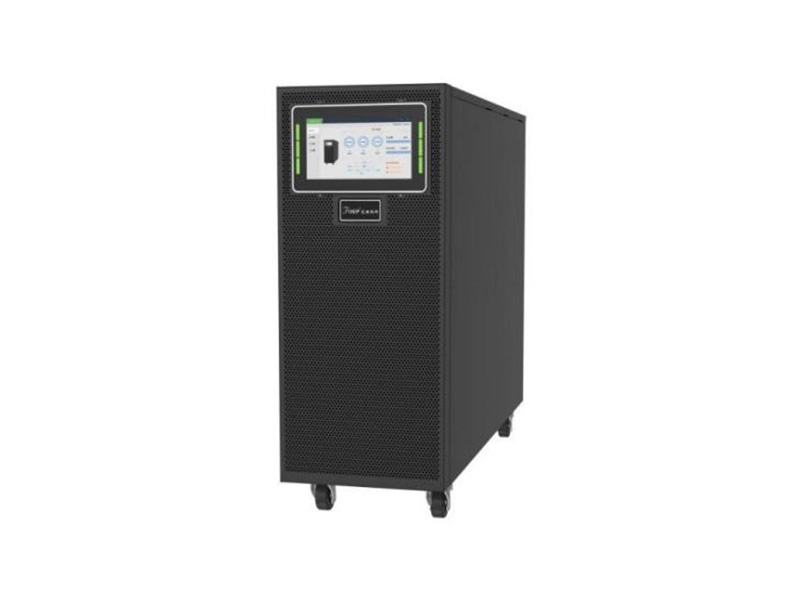language
For small businesses, power stability is not just a convenience—it's essential. An unexpected power outage can disrupt operations, cause data loss, damage hardware, and ultimately impact your bottom line. That’s why investing in a UPS (Uninterruptible Power Supply) power backup solution is a critical part of any business continuity plan.
This article explores how small businesses can benefit from UPS systems, the types available, and key considerations for choosing the right backup solution.
Why Small Businesses Need a UPS Power Backup
Unlike large enterprises, small businesses often have fewer redundancies. A single power interruption can mean lost sales, missed deadlines, or compromised data. A UPS provides immediate, short-term battery power that allows systems to continue running or shut down gracefully, preventing damage and downtime.
Key Benefits:
Protects mission-critical equipment (servers, POS systems, routers)
Prevents data corruption and loss
Minimizes business downtime
Guards against voltage fluctuations and power surges
Common Applications of UPS in Small Businesses
Point of Sale (POS) terminals
Office computers and workstations
Network infrastructure (modems, routers, switches)
Small servers or NAS systems
Security systems and surveillance equipment

Types of UPS Systems for Small Businesses
1. Offline/Standby UPS
Basic protection against power outages
Switches to battery when power fails
Best for non-critical devices like desktop PCs
2. Line-Interactive UPS
Offers automatic voltage regulation
Better suited for small office networks or sensitive electronics
Commonly used in retail, medical, and administrative environments
3. Online/Double-Conversion UPS
Constantly supplies power through the inverter
Isolates equipment from all power disturbances
Ideal for servers, sensitive equipment, and businesses with unstable power supply
Features to Look For
VA/Watt Capacity: Ensure the UPS can handle the total load of your connected equipment. Always add 20–30% extra headroom.
Number of Outlets: Check that the UPS can accommodate all devices that need battery backup.
Battery Runtime: Choose a system that provides enough time to save work or run essential services during brief outages.
Monitoring and Alerts: Look for USB, SNMP, or cloud-based monitoring software for remote management.
Hot-swappable Batteries: Useful for minimizing downtime during maintenance.
Scalability: Modular systems allow you to expand as your business grows.
Example of a Business-Class UPS Solution
For small businesses that need high-efficiency and reliable protection, the AF93300 series Online Transformerless UPS is a strong option. With a 3-phase input and output and capacity between 80kVA and 180kVA, it allows flexible configuration based on demand. Its double-conversion design and DSP full digital control ensure clean, uninterrupted power. The system eliminates disturbances like surges, voltage sags, and frequency fluctuations—delivering consistent power for critical business operations.

Installation Tips
Install the UPS in a well-ventilated, temperature-controlled area
Regularly test the system and perform battery checks
Connect only essential equipment to the battery-backed outlets
Label the outlets and equipment for easier maintenance and support
A UPS power backup solution is a smart investment for small businesses aiming to reduce risk and maintain productivity during power events. By understanding your power needs and choosing a system with the right features and capacity, you can ensure your operations stay protected—no matter the circumstances.